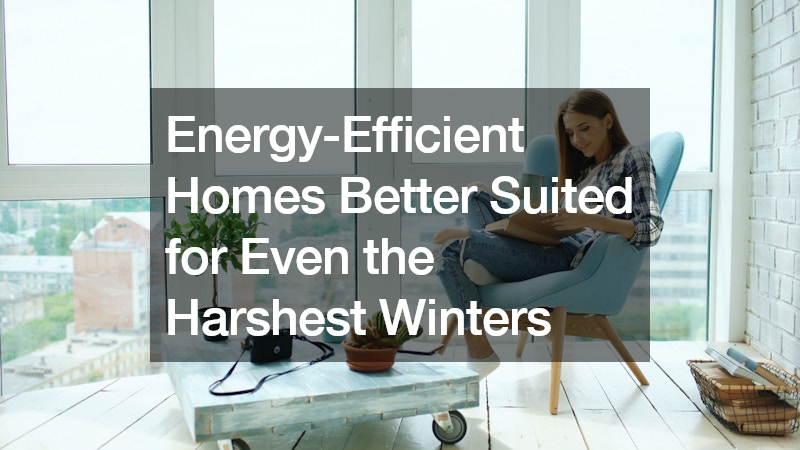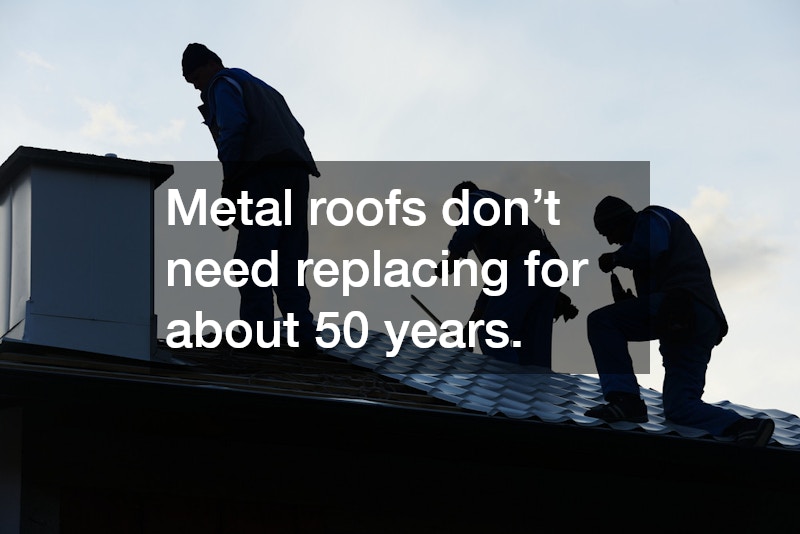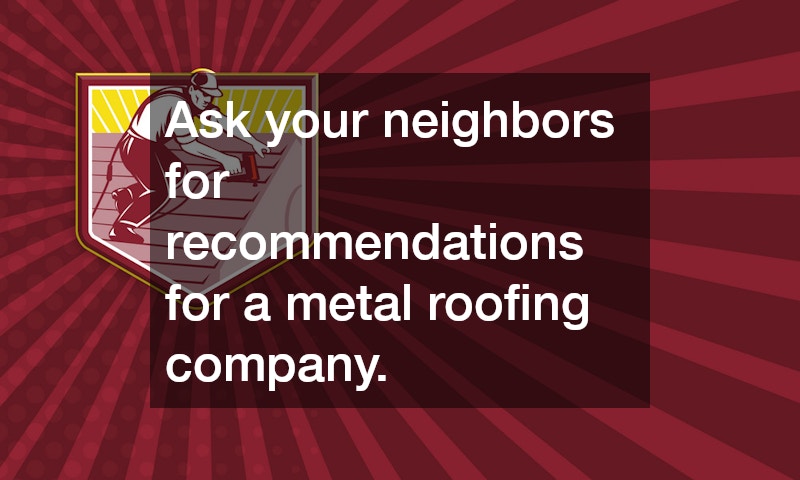Energy-Efficient Homes Better Suited for Even the Harshest Winters

Upgrading your home with energy-efficient roofing can reduce energy bills and increase the safety and comfort of a house. Installing a reflective metal roof offers one way to do this, but many energy-efficient metal roofing options exist today. Standing seam metal roofs, copper roofs, zinc roofing, and aluminum roofing panels provide sturdy protection from the elements while adding to the efficiency of the structure.

How much can metal roof energy savings add up to? Depending on the size of your home, type of metal, and roof color, a homeowner could save up to 40% on energy costs by having a metal roof installed. Those savings last because metal roofs don’t need replacing for about 50 years compared to asphalt roofing which needs replacement after 15 years. Ask your neighbors for recommendations for a metal roofing company in your area that does fabulous work.

Upgrade Your Home’s Siding
After addressing the roof, upgrade the home’s siding. Installing new siding can improve energy efficiency, too. Like insulation, a building’s siding helps block out the elements and retain heat during the winter and cool air during the summer. Let’s consider how to update your siding in the most effective manner.
When you consider upgrading your home’s exterior, you might ask yourself and a search engine; Does new siding help insulate my home?” It can. You need to choose the right vinyl siding product.
All vinyl siding should have an underlayment layer beneath it. Older homes may not have this vinyl siding underlayment, but choosing the right replacement siding can rectify the problem. Insulated vinyl siding combines the underlayment and the siding in one product.
Ask your local siding contractors about options like; insulated board and batten siding or insulated board and batten vinyl siding. Insulated vinyl siding features a foam-core backing that provides instant insulation. It can significantly insulate your home from the weather and elements when coupled with the blown-in or roll insulation installed behind the drywall in your home’s interior.
Insulated siding costs a little more upfront, but it provides many advantages. For example, it continuously covers the wall, including the framing. Insulated siding also increases airtightness by 11% and reduces outside noise by up to 39%. Installing it upgrades your home’s curb appeal, energy efficiency, and quiet.
In sum, replacing the traditional siding with insulated vinyl siding upgrades the home’s curb appeal and it creates a more energy-efficient home. The added siding reduces outside noise and blocks drafts. Improve the overall efficiency of your home and reduce energy bills with insulated siding.
 The Polar Vortex and Winter Storm Titan hammered parts of the U.S., bringing record-setting cold temperatures and harsh weather throughout this winter. As an added bonus, the brutal cold brought higher utility bills, as homeowners had to run their heating systems harder and longer than usual to stay warm. Rather than bundling up or shivering all winter, homeowners may want to start investing in more energy efficient homes to ease the burden on heaters, which account for 40% of energy costs.
The Polar Vortex and Winter Storm Titan hammered parts of the U.S., bringing record-setting cold temperatures and harsh weather throughout this winter. As an added bonus, the brutal cold brought higher utility bills, as homeowners had to run their heating systems harder and longer than usual to stay warm. Rather than bundling up or shivering all winter, homeowners may want to start investing in more energy efficient homes to ease the burden on heaters, which account for 40% of energy costs.
“An energy efficient home can save homeowners hundreds or even more than a thousand dollars each year on energy bills. It helps clear the air, reduces the carbon pollution that is fueling dangerous extreme weather, and creates good, green jobs in the expanding efficiency industry,” says Peter Lehner of the National Resources Defense Council. “But kickstarting these changes requires investment and commitment, not just on the part of consumers but by government as well.”
The average homeowner spends roughly $2,200 a year on utility bills, says the Department of Energy’s Energy Star program. But simple changes, like adding insulation and sealing leaks in a home can cut costs by 10% and storm doors alone can make homes 50% more efficient, according to EPA estimates. Unfortunately, regardless of if someone is building new or looking to renovate their home, it can be tough to afford all of those upgrades.

For builders, energy-efficient mortgages are becoming an increasingly popular option. Fannie Mae, the FHA, and the Veterans Administration all offer them, and they allow builders to finance items like efficient HVAC systems and even solar panels. In the long-term, they can lead to tremendous savings and are a great tool for resale.
“As long as they’re going to be in their homes over five years, I think it’s a worthwhile investment,” says Michelle Dohrwardt, office manager at Dodson Custom Homes. “Five years is the necessary amount of time for return on investment.”
“The government has also been encouraging the expansion of energy efficiency and clean energy through policies such as tax incentives, which can give consumers and businesses the nudge they need to make investments in efficiency,” says Lehner. “But recently, Congress allowed tax incentives for clean energy and efficiency to die. This pulls the rug out from under efforts to install more energy efficiency improvements in homes and buildings.”
Until the cost of alternative energy and materials needed for energy efficiency decreases, Americans will have trouble affording them. For now, the government needs to provide assistance and incentives for homeowners who work to go green and lower monthly bills, especially when the weather gets extreme.







